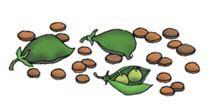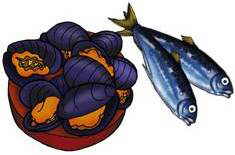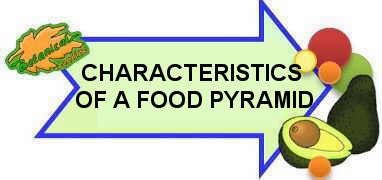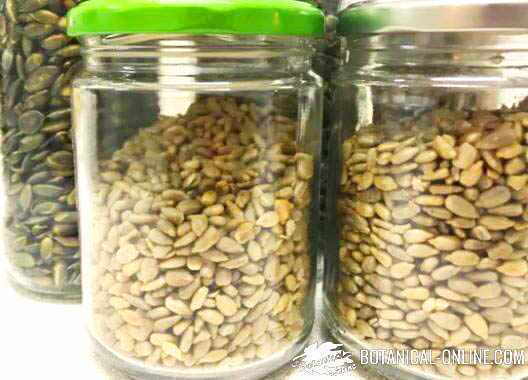Contents
Frequency of consumption of each food group
Recommendations on food consumption
Experts in nutrition and dietetics establish general recommendations for the consumption of food groups. For people to understand what they should eat, nutritional guidelines of food groups and their frequency of consumption are established . One of the best known guides is the food pyramid.
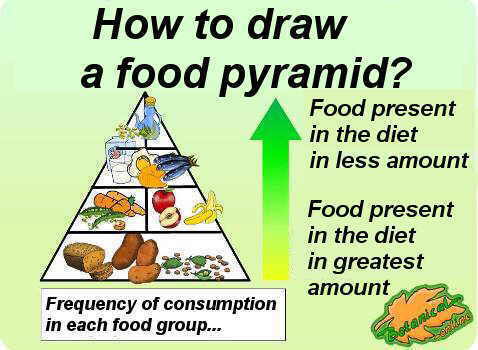
Visual outline on how to draw a food pyramid and examples of foods that may appear.
Once we have the defined food groups and the examples that we will draw, we have to see the recommended frequency in each food group.
The order of food in the pyramid is a recommendation on the number of times that each food group has to be consumed. For example, you have to eat vegetables every day, but very little red meat per month. Do you want to know how these amounts are decided? And how many grams are a serving of vegetables?
How to calculate the food frequency of the pyramid?
There is a set of numbers between nutritional schemes on the recommended frequency of food, and grams that is considered a food ration.
- The truth is that, scientifically, there is not a certain “exact” ration for each group of foods, each diet is personal.
Food groups of the pyramid
Each pyramid can have slightly different food rations. Approximately, the figures should be around the following values:
| Food group | Rations amount | Examples of foods and rations |
| Foods rich in carbohydrates
| From 4 to 6 rations a day |
|
| Vegetables
| At least 2 rations a day |
|
| Fruits
| Minimum 3 servings per day Better fresh fruit than juices |
|
| Legumes
| 2 to 4 rations a week |
|
| Dairy products | From 2 to 4 rations a day |
|
| Fish and seafood
| From 3 to 4 rations a week |
|
| Eggs
| From 3 to 4 rations a week |
|
| White meat
|
|
|
| Red meat
| Maximun 1 ration a week | – Beef, lamb, horse, etc. (Approximately 100g) |
| Olive virgin oil
| From 3 to 6 rations a day | – A serving is considered to be 10g., That is, a tablespoon. It is the amount that can be used in a dressing or sauce. |
| Nuts and oilseeds
| From 3 to 6 rations a week | – 30g or a handful of nuts: Nuts, almonds, hazelnuts, pine nuts, pistachios, sunflower seeds, etc. |
Characteristics of a food pyramid
![]() More information on nutrition.
More information on nutrition.




